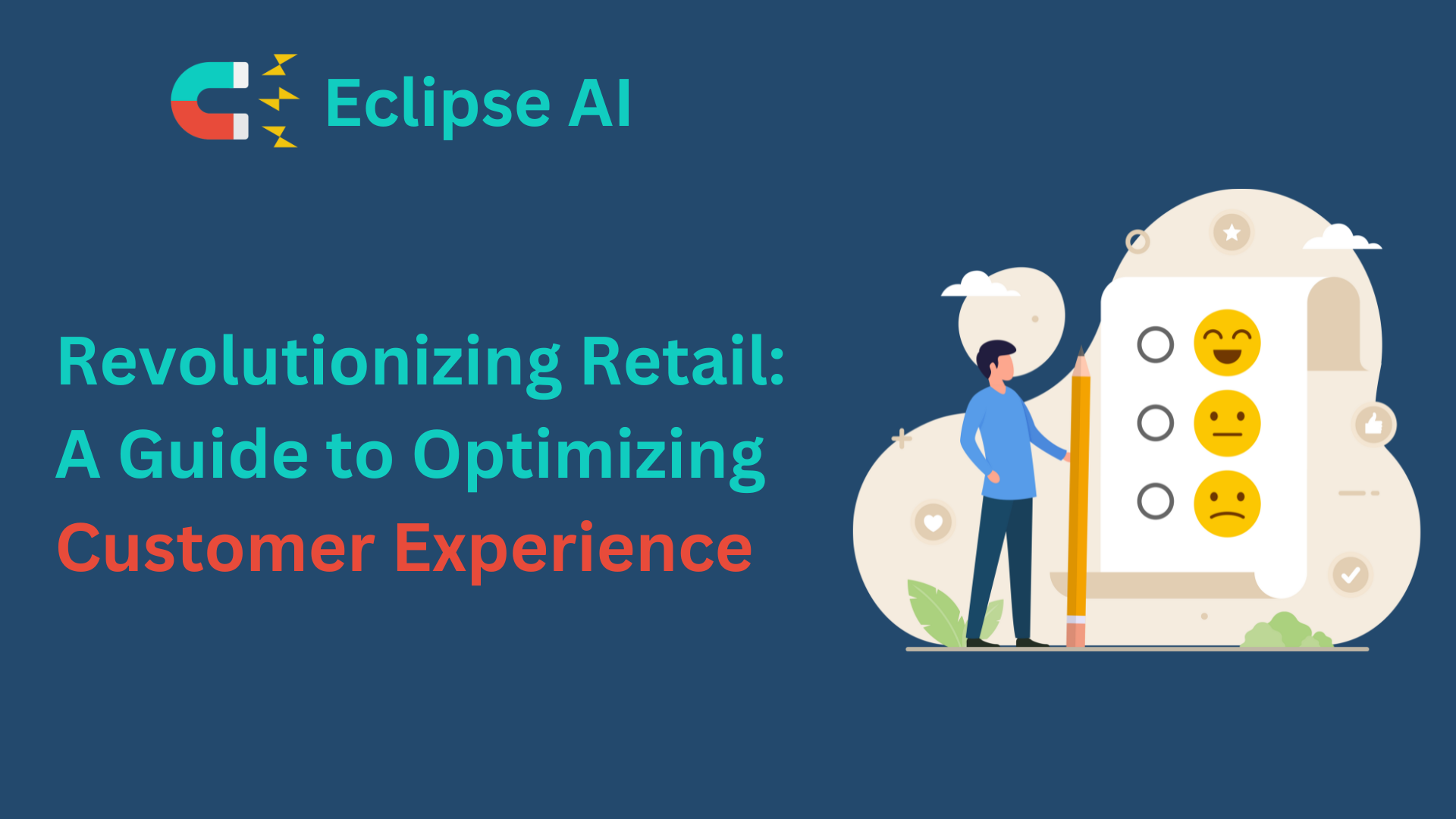

Brand Marketing is Dead. Here’s What You Should Invest in 2025
Discover why traditional brand marketing won’t drive success in 2025 and how to pivot your strategy toward exceptional products and customer experiences for lasting growth.


In the dynamic landscape of retail, where the convergence of online and offline channels shapes consumer behaviors, optimizing the customer experience is a strategic imperative. From personalized interactions to seamless transactions, retailers are redefining their approach to meet the evolving expectations of modern consumers. This article explores key strategies for optimizing the retail customer experience, offering insights to help businesses thrive in an ever-changing market.


Successful optimization begins with a deep understanding of the customer journey. Retailers must map out each stage, from initial awareness to post-purchase interactions. This comprehensive view enables businesses to identify pain points and opportunities for improvement.
The availability of customer data is a goldmine for retailers. By leveraging data analytics, businesses can personalize interactions, recommendations, and marketing messages. This personal touch enhances customer satisfaction and fosters brand loyalty.
With the integration of online and offline channels, customers expect a seamless experience across all touchpoints. Retailers must ensure consistency in messaging, pricing, and promotions, allowing customers to switch between channels effortlessly.
Physical stores are not just transactional spaces; they are opportunities for engagement. Retailers can optimize in-store experiences through interactive displays, AR/VR technologies, and personalized assistance to create memorable interactions.
Inventory visibility is crucial for meeting customer expectations. Retailers can leverage technology to optimize inventory management, ensuring products are available when and where customers want them. This reduces stockouts and enhances the overall shopping experience.
Long checkout lines can deter customers. Retailers can optimize the checkout process by implementing self-checkout kiosks, mobile payment options, and contactless technologies. A seamless checkout experience contributes to customer satisfaction.
Artificial Intelligence (AI) plays a pivotal role in optimizing personalization. AI algorithms analyze customer behavior and preferences to provide tailored recommendations, improving cross-selling and upselling opportunities.
Chatbots powered by AI offer real-time assistance to customers. Whether answering queries or providing product recommendations, chatbots enhance the overall customer experience by offering instant and personalized support.
Beacon technology enables retailers to send location-based notifications to customers’ smartphones. This can include personalized offers, promotions, and information, enhancing the in-store experience.
AR technologies allow customers to visualize products in real-world settings before making a purchase. This immersive experience bridges the gap between online and offline shopping, contributing to confident decision-making.


Eclipse AI stands out as a powerful tool in the realm of customer experience. Its capabilities include:
Centralise customer interactions from different sources into a single platform for analysis, ensuring consistent customer experiences
Perform location-specific analysis of customer interactions, pinpoint local issues and customise services to match regional customer preferences.
Receive real-time AI-generated actionable intelligence to drive customer retention and growth, and save endless hours of analysis.
Eclipse takes care of the manual analysis so you can focus on the things that really matter
In conclusion, optimizing the retail customer experience is not a one-size-fits-all endeavor. It requires a strategic blend of personalized interactions, efficient processes, and innovative technologies. Retailers that prioritize the customer journey, embrace digital transformation, and leverage the power of AI will not only survive but thrive in the retail renaissance. By staying attuned to evolving consumer expectations, businesses can position themselves as leaders in the competitive retail landscape, fostering lasting customer relationships and driving sustained success.


Discover why traditional brand marketing won’t drive success in 2025 and how to pivot your strategy toward exceptional products and customer experiences for lasting growth.


Customer success is a top priority for companies of all sizes. customer success teams are tasked with the crucial responsibility of ensuring that customers are satisfied with their products and services.


In the world of business, customer experience (CX) has emerged as a central theme, often regarded as the new battleground for market differentiation and customer loyalty. Companies are increasingly recognizing the significance of customer experience transformation as a strategic imperative. In this comprehensive guide, we will delve into what customer experience transformation is, why it’s essential, and how companies can effectively enable this transformation. Real-world examples and best practices will highlight the path to successful customer experience transformation.
Don’t Let Your Competitors Understand Your Customers Better Than You
Don’t miss out. Try our 30-day Free Professional Trial.

